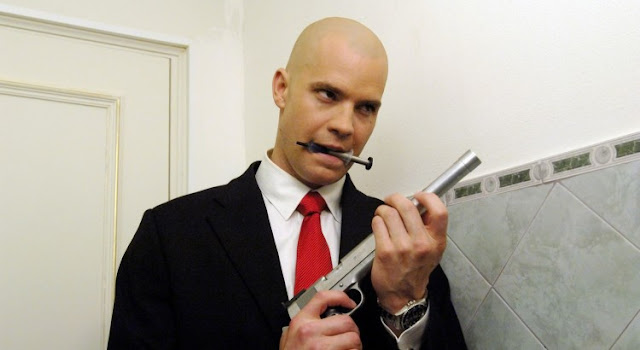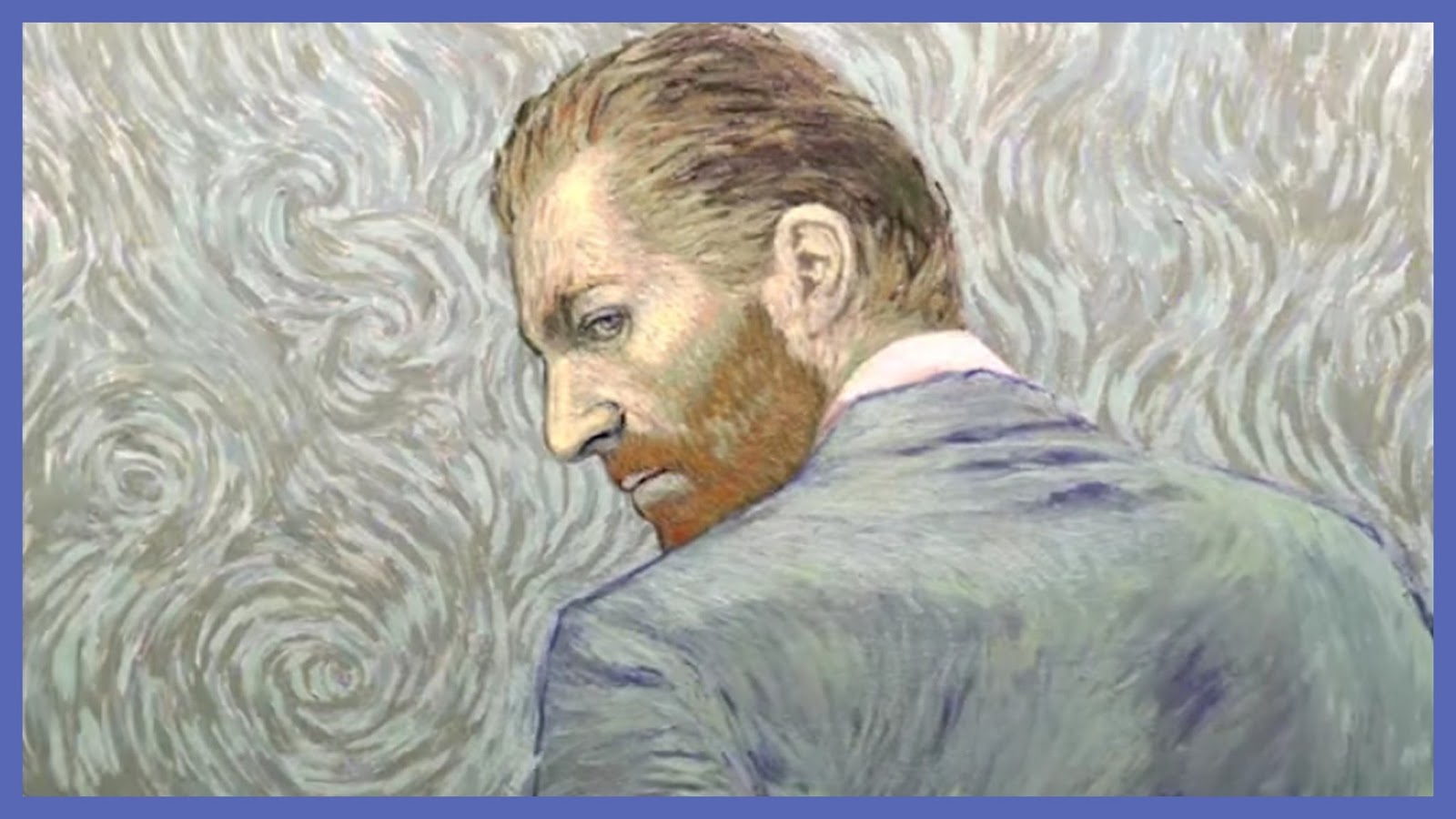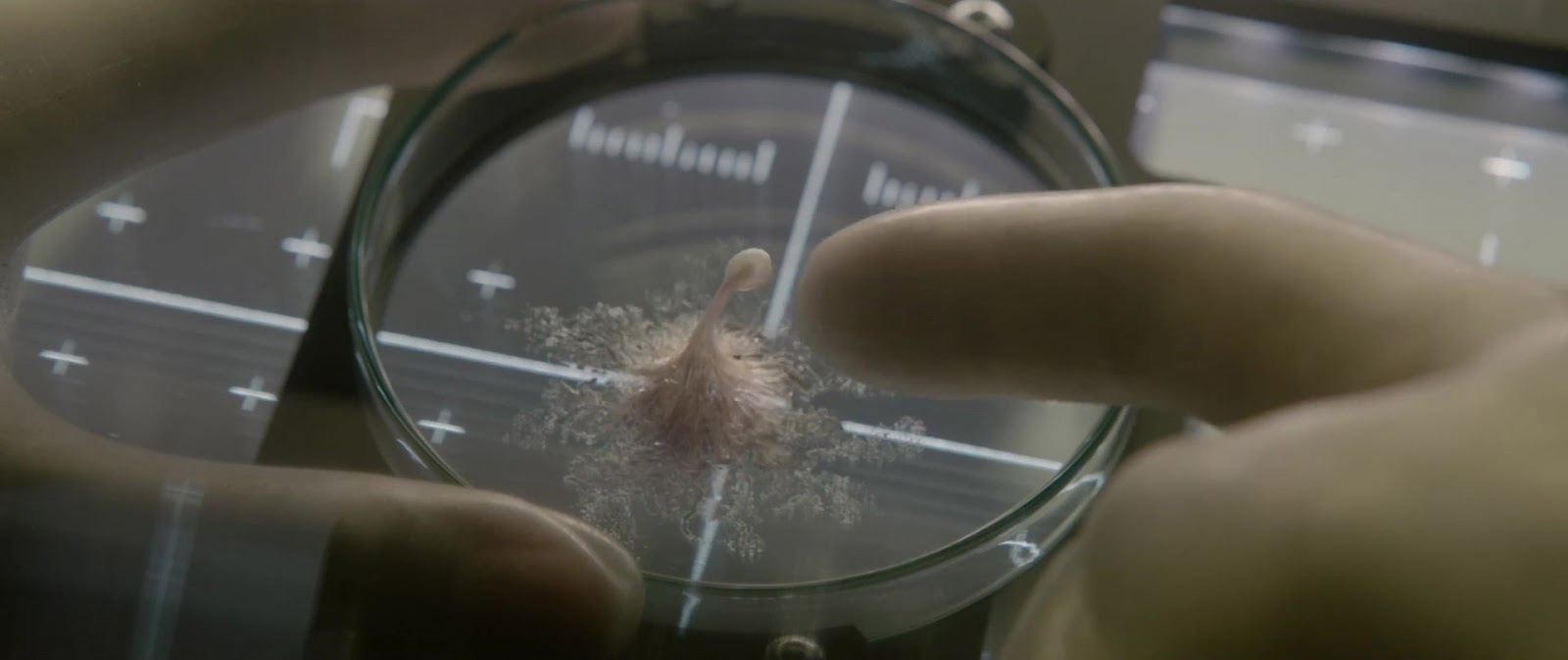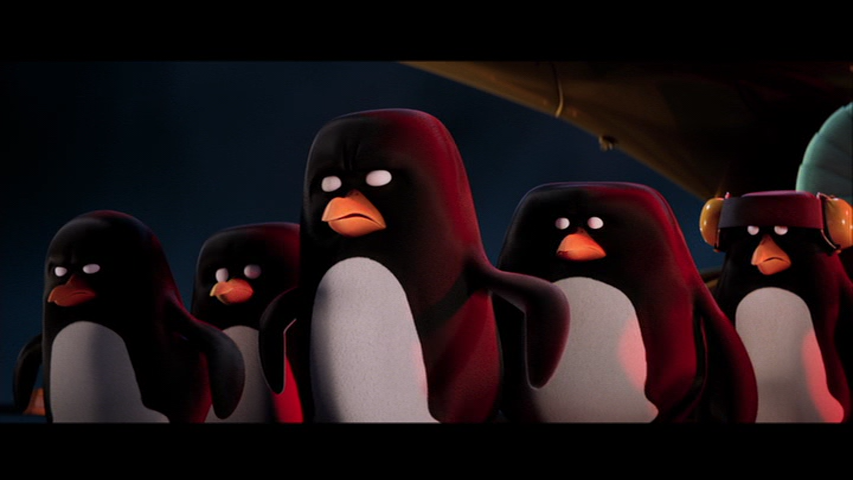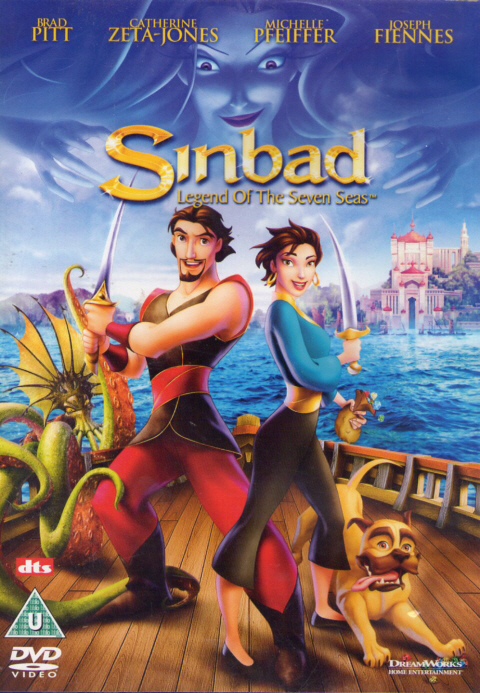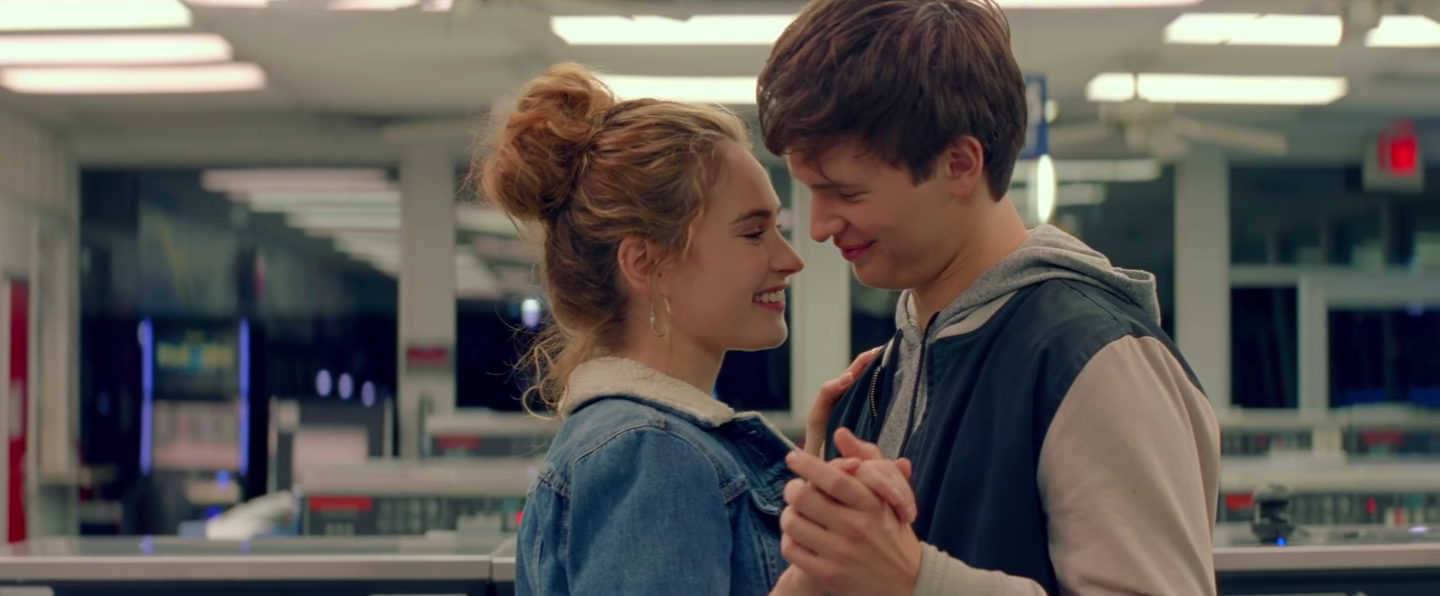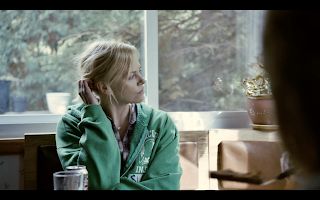When adapting material to film, is it better to be faithful to that material or make a great film, if both aren't possible? The question of which audience to alienate has plagued Hollywood, and the answer most likely changes based on the time and the movie. Xavier Gen's Hitman tries to balance both but ultimately gambles on putting one side over the other.
Hitman tells the tale of early Russian espionage (as opposed to the current, real stuff), as the upcoming re-election of their president, Mikhail Belicoff (Ulrich Thomsen) attracts the attention of the CIA, Interpol, and FSB (Russia's CIA). The "Hitman," Agent 47 (Timothy Olyphant) must take out the president without being witnessed. The hit doesn't go as planned, and gamers are treated to the story of what happens when the restart button isn't an option, but all other options are waiting to be explored.
Hitman moves quickly, and luckily coherently, from set piece to set piece, as it captures the tone of the games almost perfectly. To start, the sets themselves are meticulously crafted and shot, pulling audiences into 47's everyday life of contingency plans and caution, all dialogue-free and in the first few minutes. Once that's established, viewers are treated to 90 minutes of 47s greatest hits as gameplay elements are crammed into the plot. Still, it works and is a lot of fun to watch because the scenes still are complete and are boosted by the film's own aesthetics and performances by the cast.
Olyphant has the difficult task of balancing the Terminator side of 47 with his deep, deep down caring side. He tends to float more toward caring, but it's brought out mainly because screenwriter Skip Woods has him teaming up with Belicoff's trafficking victim, Nika (Olga Kurylenko). The romantic angle never feels forced, but only by looser standards set by other movies. Olyphant's main problem is he talks too much, but again, he's making the role his own, and most importantly he's having a lot of fun with it. 47 has a touch of swagger this time around, and it means the sickening humor of the series can move from his targets to him this time around, as Nika is kidnapped and stuffed into the trunk of a car with a corpse.
Kurylenko's Nika is a great companion, and she works well with Olyphant. Again, it's a tough role because the obvious choices are to be overshadowed by the hero or try to one-up him in a quipping contest. Instead, they're partners, without putting Nika over her head in some insane fashion. She also contributes to that swagger mentioned above, but more importantly, to that caring side. 47 doesn't usually have anyone to bounce anything off of, and it's refreshing.
Action-wise, it's a mixed bag. Stealth moments happen throughout, thank god, but the more direct approach has editing issues. Fights are edited a little too hastily when it's more than a one-on-one battle. They start fast, but then settle into the pace they should've been building to. It's weird. It's not as bad as improper use of shaky cam, but it would've benefited greatly from a stylized approach. It's worth mentioning, however, that it inspired a future game mechanic.
Fox took a risk with Hitman, one they'd take again with Assassin's Creed in 2016. The key difference is Hitman was able to maintain its faithfulness and follow the key lessons of Filmmaking 101. It's not a perfect picture, but it feels like a complete picture.
Hitman moves quickly, and luckily coherently, from set piece to set piece, as it captures the tone of the games almost perfectly. To start, the sets themselves are meticulously crafted and shot, pulling audiences into 47's everyday life of contingency plans and caution, all dialogue-free and in the first few minutes. Once that's established, viewers are treated to 90 minutes of 47s greatest hits as gameplay elements are crammed into the plot. Still, it works and is a lot of fun to watch because the scenes still are complete and are boosted by the film's own aesthetics and performances by the cast.
Olyphant has the difficult task of balancing the Terminator side of 47 with his deep, deep down caring side. He tends to float more toward caring, but it's brought out mainly because screenwriter Skip Woods has him teaming up with Belicoff's trafficking victim, Nika (Olga Kurylenko). The romantic angle never feels forced, but only by looser standards set by other movies. Olyphant's main problem is he talks too much, but again, he's making the role his own, and most importantly he's having a lot of fun with it. 47 has a touch of swagger this time around, and it means the sickening humor of the series can move from his targets to him this time around, as Nika is kidnapped and stuffed into the trunk of a car with a corpse.
Olyphant is a mixed bag as 47. Some people will like him, but it's not surprising if fans don't | Copyright 2007 Fox
Kurylenko's Nika is a great companion, and she works well with Olyphant. Again, it's a tough role because the obvious choices are to be overshadowed by the hero or try to one-up him in a quipping contest. Instead, they're partners, without putting Nika over her head in some insane fashion. She also contributes to that swagger mentioned above, but more importantly, to that caring side. 47 doesn't usually have anyone to bounce anything off of, and it's refreshing.
Action-wise, it's a mixed bag. Stealth moments happen throughout, thank god, but the more direct approach has editing issues. Fights are edited a little too hastily when it's more than a one-on-one battle. They start fast, but then settle into the pace they should've been building to. It's weird. It's not as bad as improper use of shaky cam, but it would've benefited greatly from a stylized approach. It's worth mentioning, however, that it inspired a future game mechanic.
Fox took a risk with Hitman, one they'd take again with Assassin's Creed in 2016. The key difference is Hitman was able to maintain its faithfulness and follow the key lessons of Filmmaking 101. It's not a perfect picture, but it feels like a complete picture.







